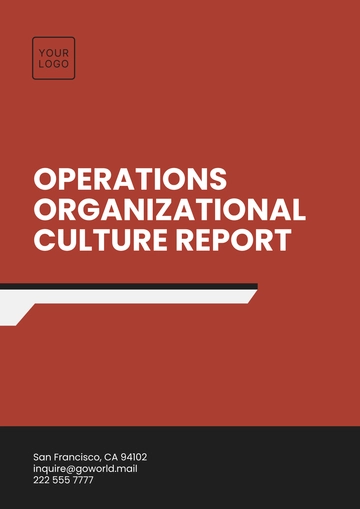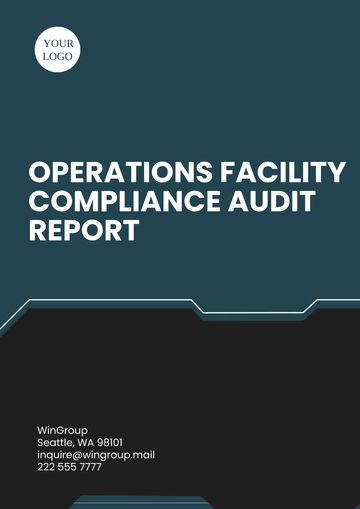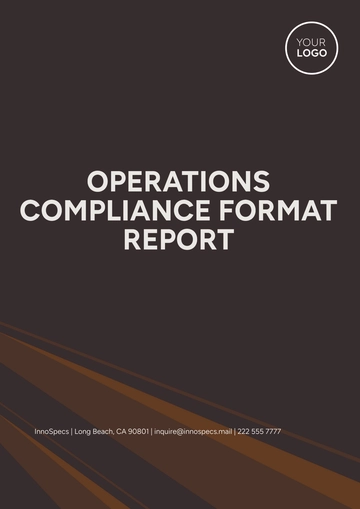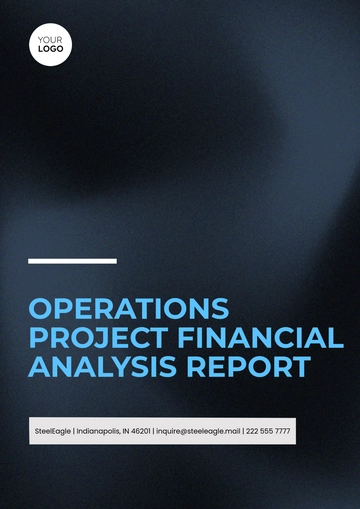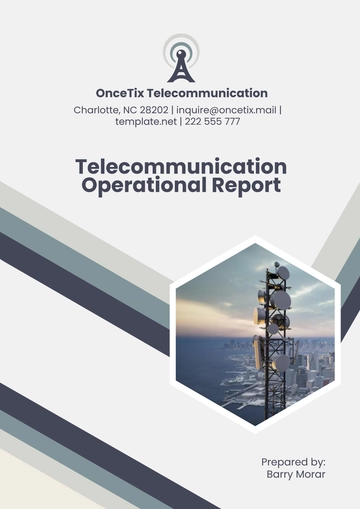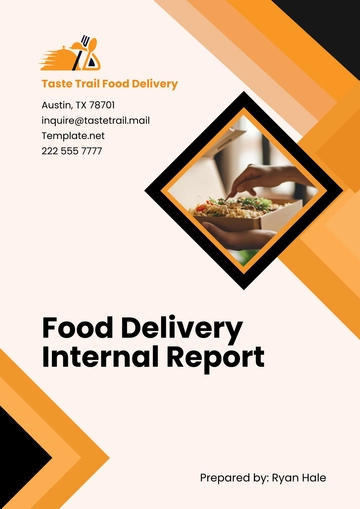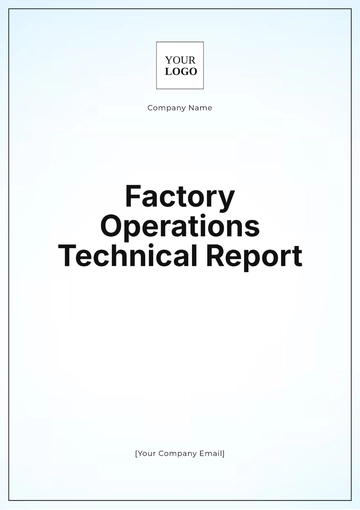Food Delivery Internal Report
I. Overview
This internal report provides a detailed analysis and summary of the current state and performance of our food delivery services at [Your Company Name]. It aims to highlight key metrics, trends, and insights gathered from various operational aspects, including delivery times, customer feedback, and order accuracy. By evaluating our strengths and identifying areas for improvement, we can better align our services with customer expectations and industry standards. This report will serve as a foundational tool for our management team to assess the effectiveness of current strategies and pinpoint opportunities for growth.
In an increasingly competitive market, maintaining high standards in food delivery is crucial for sustaining customer loyalty and enhancing our brand reputation. This analysis will not only focus on operational efficiency but also consider factors such as customer satisfaction ratings and the impact of technological innovations on our service delivery. By leveraging the data presented herein, [Your Company Name] aims to implement strategic enhancements to our delivery systems, ensuring we continue to meet and exceed customer expectations while adhering to U.S. laws and standards related to food safety and delivery practices.
II. Performance Metrics
1. Delivery Times
Delivery times are a critical metric in assessing the efficiency of our operations. The table below shows the average delivery times across various zones in the last quarter.
Zone | Average Delivery Time (Minutes) |
|---|
Zone 1 | 30 |
Zone 2 | 35 |
Zone 3 | 40 |
2. Customer Satisfaction
Customer satisfaction is evaluated based on feedback received through various platforms. The feedback highlights key areas for improvement and strengths to build upon.
Positive Feedback | Areas for Improvement |
|---|
| |
III. Operational Challenges
In the dynamic landscape of food delivery services, [Your Company Name] faces various operational challenges that can hinder efficiency and customer satisfaction. Understanding these challenges is crucial for developing effective strategies to enhance our delivery system. This section outlines two primary challenges—traffic congestion and adverse weather conditions—along with potential mitigation strategies to minimize their impact on our operations and maintain high service standards.
Challenge | Description | Strategies for Mitigation |
|---|
Traffic Congestion | One of the primary challenges affecting delivery times is traffic congestion, particularly during peak hours. | Optimize delivery routes using advanced GPS technologies. Consider alternative transportation modes (e.g., bikes or scooters) for shorter distances. Implement time-sensitive delivery slots to avoid peak traffic.
|
Weather Conditions | Adverse weather conditions, such as heavy rain and snow, significantly impact our delivery schedules. | Provide weather-appropriate gear to delivery personnel (e.g., rain jackets, thermal clothing). Set realistic expectations with customers regarding potential delays. Develop contingency plans for extreme weather scenarios.
|
IV. Strategic Initiatives
1. Implementation of Green Deliveries
We are committed to sustainability and plan to introduce eco-friendly deliveries. This initiative involves using electric delivery vehicles and optimizing routes to reduce carbon emissions.
2. Integration of AI Technologies
Leveraging AI for pattern recognition and predictive analytics can enhance order management systems, forecast demand, and optimize resource allocation, thereby improving overall operational efficiency.
V. Conclusion
[Your Company Name] has shown commendable performance in its food delivery services, reflected in our key metrics such as delivery times, customer feedback, and order accuracy. However, ongoing challenges, including traffic congestion and adverse weather conditions, highlight the need for continuous evaluation and strategic improvements. Addressing these operational hurdles is essential not only for enhancing our efficiency but also for maintaining our competitive edge in the rapidly evolving food delivery market.
To ensure sustained growth and increased customer satisfaction, we must embrace innovations in technology and optimize our operational processes. Implementing advanced route optimization tools, investing in employee training, and enhancing customer communication can significantly mitigate the impact of external challenges. Additionally, exploring partnerships with local transportation services and utilizing predictive analytics will further strengthen our delivery capabilities. By prioritizing these strategic improvements, [Your Company Name] will be well-positioned to meet the growing demands of our customers while fostering loyalty and trust in our brand.
Food Delivery Templates @ Template.net



